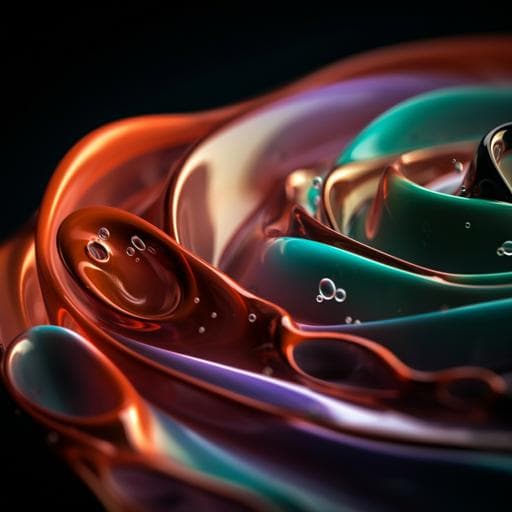
Chemistry
Comparative study of the structure and durability of commercial silicate glasses for food consumption and cosmetic packaging
L. Brunswic, F. Angeli, et al.
This groundbreaking research explores how four different commercial silicate glasses alter under acidic conditions over three years. Through advanced analyses, it was discovered that glass composition significantly affects alteration rates and element depletion. The research was conducted by Léa Brunswic, Frédéric Angeli, Thibault Charpentier, Stéphane Gin, Pierre Asplanato, Huseyin Kaya, and Seong H. Kim.
~3 min • Beginner • English
Related Publications
Explore these studies to deepen your understanding of the subject.







